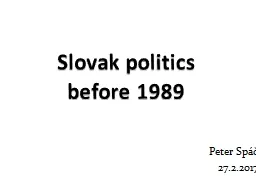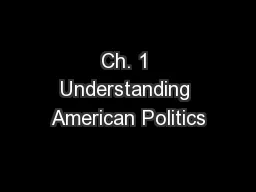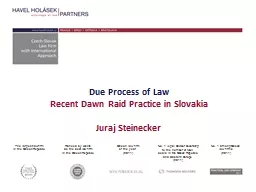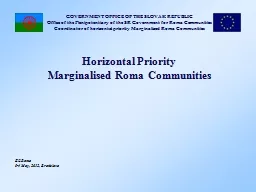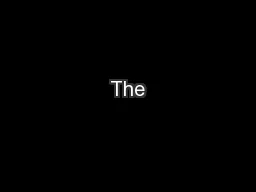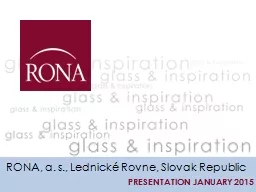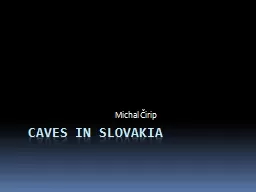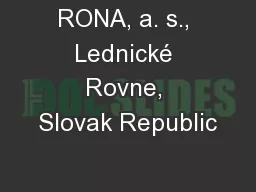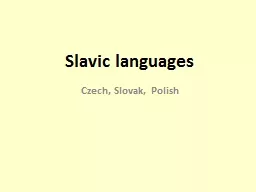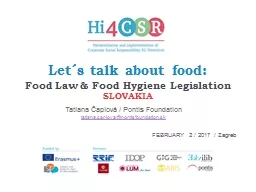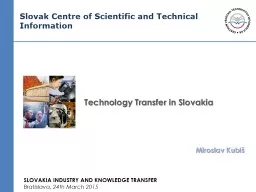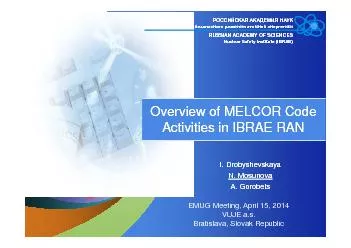PPT-Slovak politics before 1989
Author : mastervisa | Published Date : 2020-10-22
Peter Spáč 272 201 7 Before 1918 Hungarian rule since 10th century 1867 dualisation of AustriaHungary negative stance against minorities National oppression
Presentation Embed Code
Download Presentation
Download Presentation The PPT/PDF document "Slovak politics before 1989" is the property of its rightful owner. Permission is granted to download and print the materials on this website for personal, non-commercial use only, and to display it on your personal computer provided you do not modify the materials and that you retain all copyright notices contained in the materials. By downloading content from our website, you accept the terms of this agreement.
Slovak politics before 1989: Transcript
Download Rules Of Document
"Slovak politics before 1989"The content belongs to its owner. You may download and print it for personal use, without modification, and keep all copyright notices. By downloading, you agree to these terms.
Related Documents

